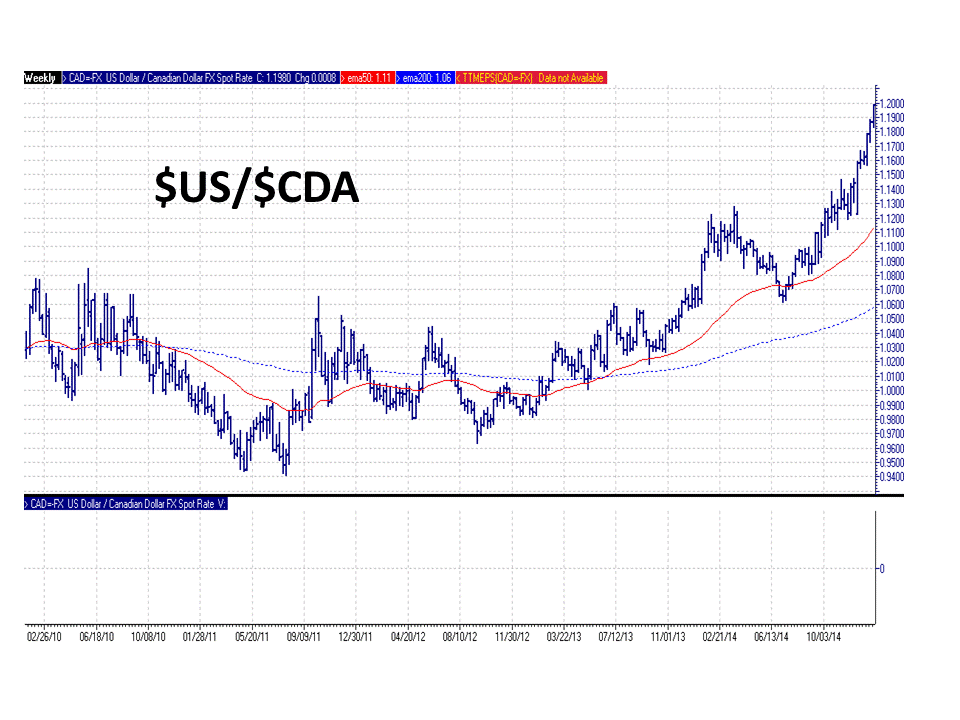Expect The Unexpected
My 1st blog of 2015 suggested that the theme for the year was to expect the unexpected.
Let's look at what has transpired over the first month of the year:
- The Bank of Canada cut the bank rate to 0.75%, from 1.0%.
- The $C has fallen by close to 9%, from approx. $0.86 to $0.79.
- In my model portfolio of 60% equity / 40% fixed income, which has returned approx. 1.8%, there are some significant surprises:
- Bonds: total return to date of approx. 3%, led by the Real Return Bond Index and followed by The Government Bond Index.
- the Canadian Preferred Share Index has fallen by over 3.5%
- Canadian Equities as a whole are better by a little under 2%, but the higher dividend paying index is down by 4%. REIT's which are considered equity (but are more income driven and interest rate sensitive) are up over 10%.
- US Equities as an asset class are down by approx. 1.2%, led by the S&P 500 (large cap index). Mid-cap index is flat.
- International Equities allocation is up by over 5%, led by the Emerging Markets Index which is up over 11%.!
From here?
Can US economic growth continue? and with all the global central bank monetary stimulus get the global economy back on the road to recovery?
Will Oil test new lows or bounce back ?
And what of deflationary pressures, will they be curtailed by global economic improvements?
Let's not leave out the geo-political situation:
Is terrorism being contained?
What of Russia and the Ukraine?
Greece?
We certainly live in interesting times. Stay tuned.





















